Stir-frying meat is a culinary technique that demands precision, patience, and an understanding of heat dynamics. For home cooks and professional chefs alike, the frustration of meat clinging to the pan—only to tear into uneven, overcooked shreds—is all too familiar. This article delves into the science and craft of stir-frying meat without sticking, offering actionable insights to elevate your skills. From pan selection to advanced techniques, we’ll explore how to achieve that coveted sear, retain moisture, and ensure every bite is tender and flavorful.
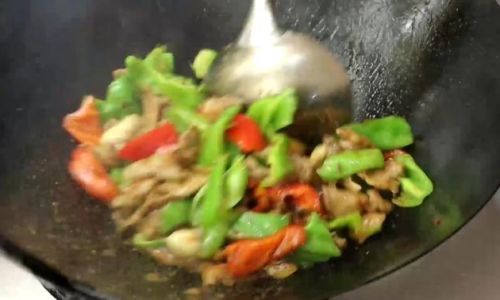
The Science Behind Sticking: Why Meat and Pans Clash
To solve a problem, one must first understand its roots. Meat primarily consists of protein, water, and fat. When exposed to heat, proteins denature—a process where their structure unravels. On a cold or improperly heated pan, these proteins bond with the metal surface, creating a stubborn adhesive layer. Additionally, moisture from the meat evaporates unevenly, further encouraging sticking. The key to prevention lies in controlling these variables: heat, moisture, and protein interaction.
Choosing the Right Pan: Material Matters
Not all pans are created equal. The wrong choice can sabotage your efforts before you even start cooking.
- Stainless Steel Pans: Durable and versatile, but prone to sticking if not properly seasoned or heated. Ideal for high-heat searing when maintained correctly.
- Cast Iron Pans: Retain heat exceptionally well and develop a natural non-stick seasoning over time. Requires gradual preheating to avoid uneven spots.
- Carbon Steel Woks: The gold standard in professional kitchens, offering rapid heat distribution and agility for tossing ingredients. Lightweight yet robust, they demand seasoning but reward with unparalleled performance.
- Non-Stick Pans: While convenient, most cannot withstand the high heat required for proper stir-frying. The non-stick coating may degrade, releasing fumes and compromising flavor.
Pro Tip: Avoid thin, flimsy pans. Opt for heavy-bottomed cookware that stabilizes heat and minimizes fluctuations.
Preheating: The Foundation of Non-Stick Cooking
Preheating is not merely a preliminary step—it’s the cornerstone of successful stir-frying. A properly heated pan ensures meat sears instantly, forming a flavorful crust while releasing easily.
- The Water Droplet Test: Sprinkle a few drops of water into the pan. If they dance and evaporate within seconds, the pan is ready. If they sizzle aggressively or sit motionless, adjust the heat accordingly.
- Avoid Overheating: Excessive heat causes oil to smoke and meat to char before cooking through. Aim for a medium-high flame, balancing searing and gentle cooking.
Oil: The Unsung Hero
Oil serves dual purposes: lubricating the pan and conducting heat. The right type and quantity can mean the difference between success and frustration.
- High Smoke Point Oils: Peanut, grapeseed, avocado, or refined vegetable oils withstand high temperatures without burning. Avoid olive oil or butter, which have low smoke points and can create sticky residues.
- Quantity: Use just enough to coat the pan’s surface—typically 1–2 tablespoons for a standard wok or skillet. Excess oil pools, causing steaming rather than searing.
Advanced Technique: The “hot pan, cold oil” method. Add oil only after the pan is fully preheated. This creates a temporary non-stick layer as the oil fills microscopic pores in the metal.
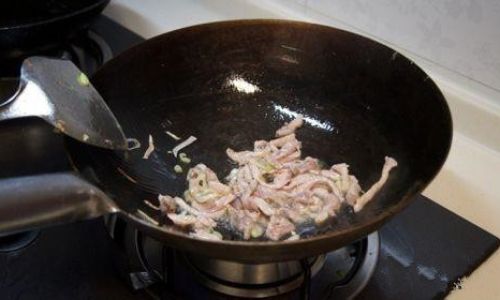
Meat Preparation: Cutting, Marinating, and Patting Dry
Preparation begins long before the pan hits the stove.
- Cutting Against the Grain: Slice meat (beef, pork, chicken) perpendicular to the muscle fibers. This shortens tough connective tissues, yielding tender bites.
- Uniform Thickness: Aim for ¼-inch slices to ensure even cooking. Thicker pieces risk undercooked interiors; thinner slices may overcook.
- Marinating Magic: A simple marinade of soy sauce, cornstarch, and baking soda tenderizes meat while creating a protective coating. Cornstarch acts as a barrier, preventing direct contact with the pan.
- The Dry Ritual: Pat meat thoroughly with paper towels to remove excess moisture. Wet meat steams instead of sears, promoting sticking.
Cooking Techniques: Timing, Tossing, and Temperature Control
Stir-frying is a dance of timing and motion. Master these techniques for flawless execution.
- The Initial Sear: Add meat to the pan in a single layer. Avoid overcrowding, which lowers the pan’s temperature and causes steaming. Let meat sit undisturbed for 30–60 seconds to develop a golden crust.
- Gentle Tossing: Use a spatula or tongs to flip meat, avoiding aggressive stirring. Frequent movement prevents browning and disrupts searing.
- Batch Cooking: If cooking large quantities, fry meat in batches. Overloading the pan guarantees sticking and uneven cooking.
Pro Tip: If meat begins to stick despite proper techniques, add a splash of broth or wine. The liquid deglazes the pan, releasing stuck bits while adding flavor.
Advanced Methods: Wok Hei and the Maillard Reaction
For enthusiasts seeking culinary excellence, these techniques unlock restaurant-quality results.
- Wok Hei: Literally “breath of the wok,” this technique involves cooking over blazing-high heat while tossing ingredients vigorously. The intense, localized heat sears meat instantly, locking in juices and creating smoky complexity.
- Maillard Reaction: The chemical process responsible for browning and flavor development. Achieved when meat’s sugars and amino acids react at high temperatures (above 300°F/150°C).
Troubleshooting Common Pitfalls
Even seasoned cooks encounter hiccups. Here’s how to diagnose and fix them:
- Sticky Mess: The pan wasn’t hot enough, or the meat was too wet. Preheat longer and ensure thorough drying.
- Tough, Chewy Meat: Overcooking or incorrect cutting. Stick to recommended cook times and slice against the grain.
- Uneven Browning: Overcrowding the pan. Cook in batches and maintain high heat.
Cleaning and Maintenance: Preserving Your Pan’s Performance
A well-maintained pan is a non-stick pan.
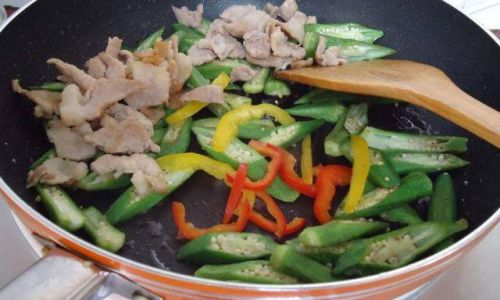
- Stainless Steel: Clean with a soft sponge and mild detergent. Avoid abrasive scrubbers that scratches the surface.
- Cast Iron/Carbon Steel: Wipe clean with a paper towel while still warm. For stubborn residue, scrub with salt and re-season with oil.
- Avoid Soaking: Prolonged water exposure rusts metal pans. Dry thoroughly after washing.
Practice Makes Perfect: Embracing the Learning Curve
Stir-frying is a skill honed over time. Don’t be discouraged by initial mishaps. Keep these principles in mind:
- Start with Easy Proteins: Chicken breast or thinly sliced beef are forgiving for beginners.
- Observe and Adjust: Note how different meats react to heat and techniques. Adapt your approach accordingly.
- Invest in Quality Tools: A sturdy wok or skillet is a lifelong kitchen companion. Treat it with care, and it will reward you.
Conclusion: The Journey to Stir-Frying Mastery
Stir-frying meat without sticking is an art that blends science, technique, and intuition. By understanding the interplay of heat, protein, and oil, and by mastering the nuances of pan selection and preparation, you can transform this common kitchen challenge into a rewarding culinary triumph. Remember, every chef’s journey begins with a single sear—so preheat that pan, wield your spatula with confidence, and let the sizzle guide you to perfection.
Word Count: 1,680
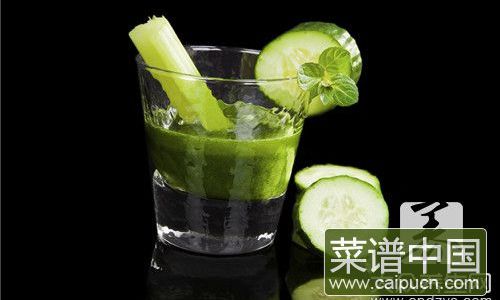
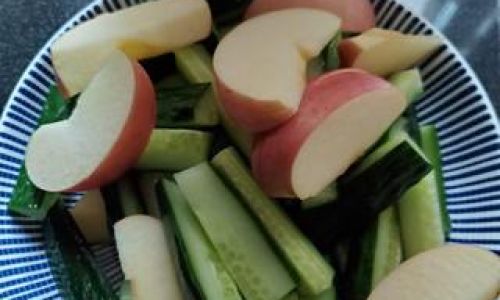
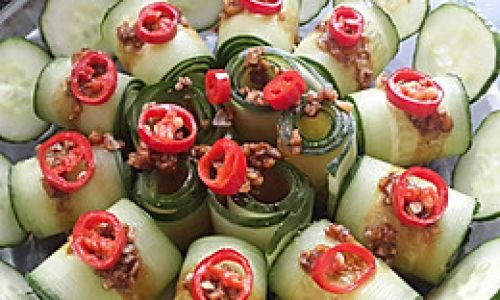
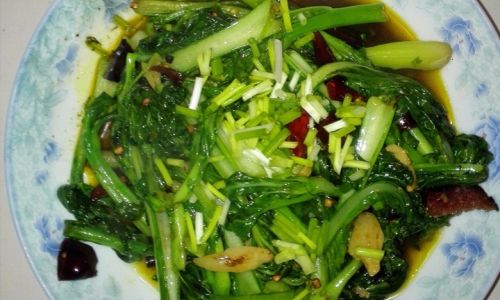
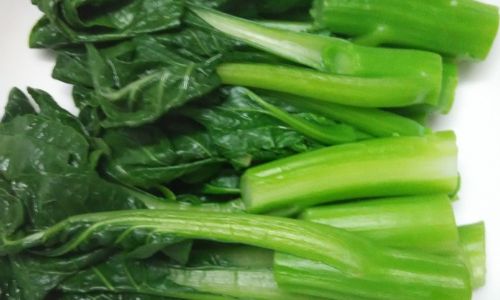
0 comments